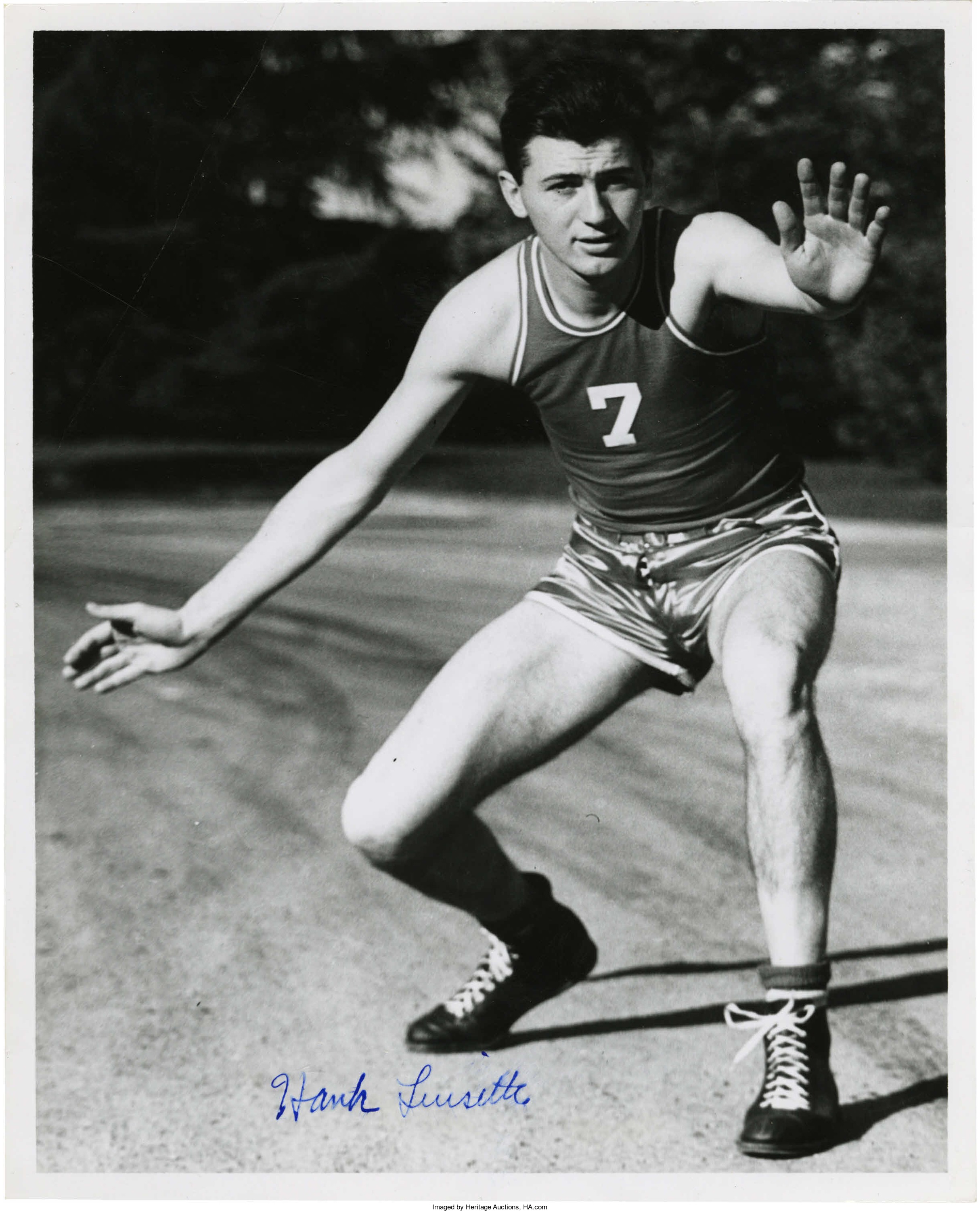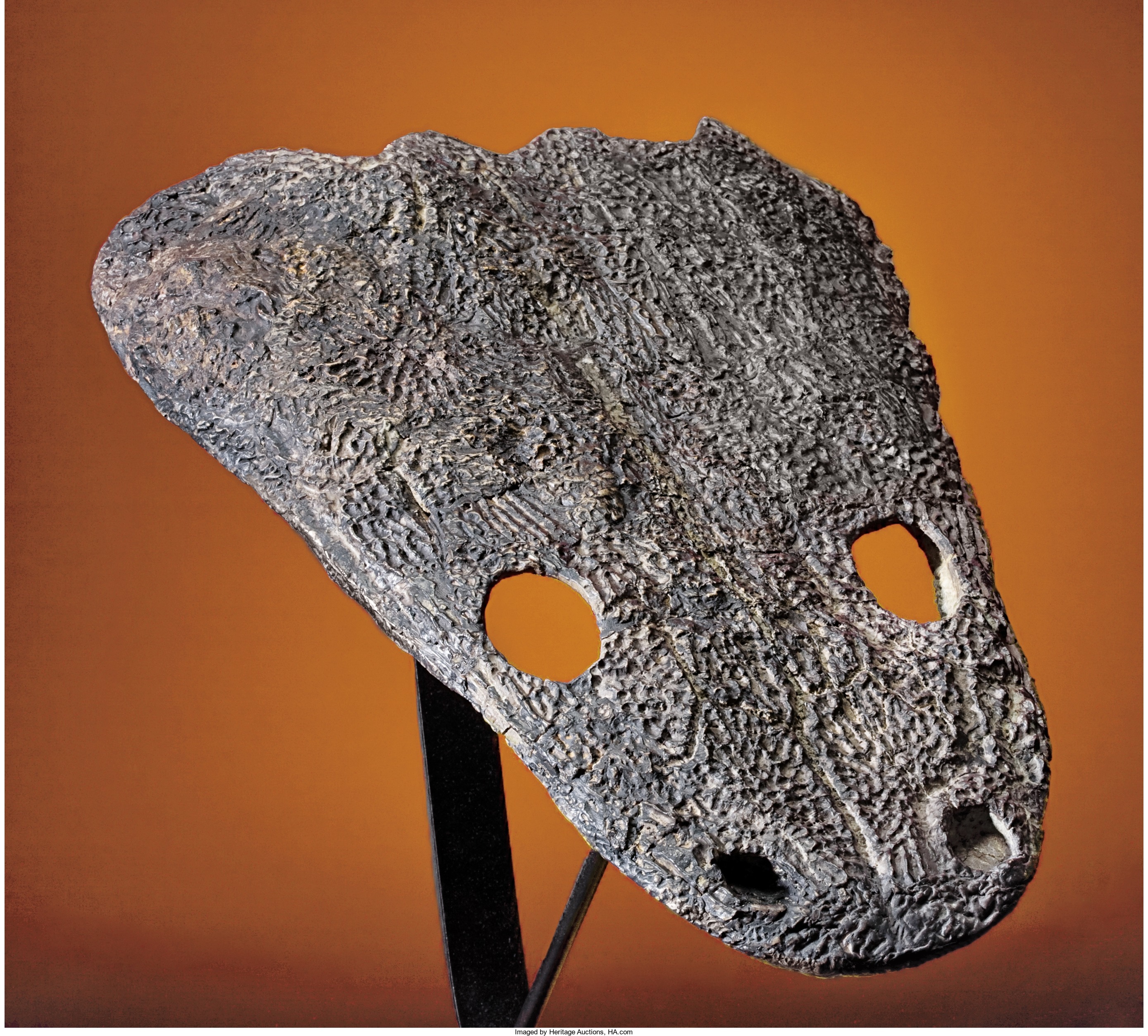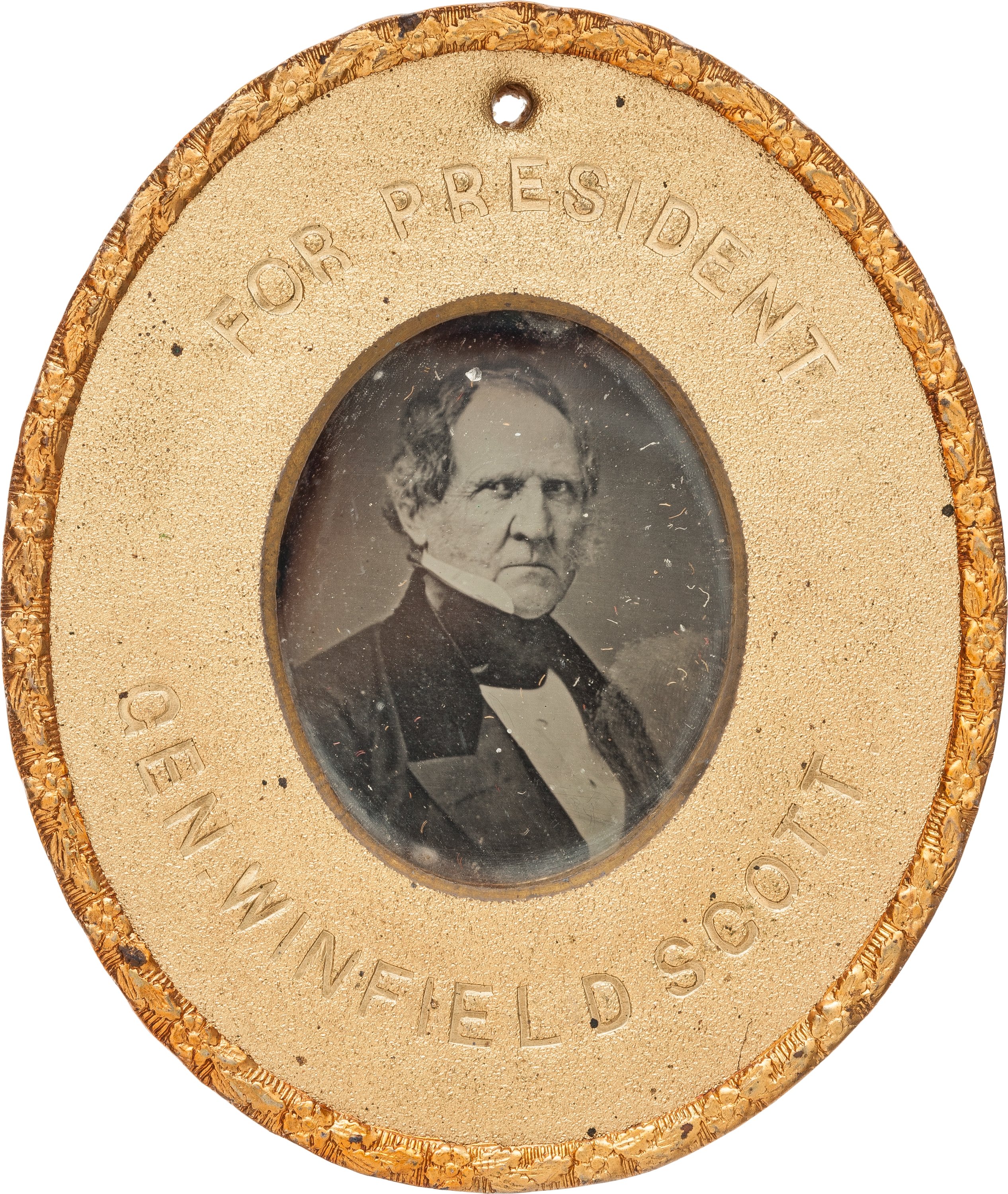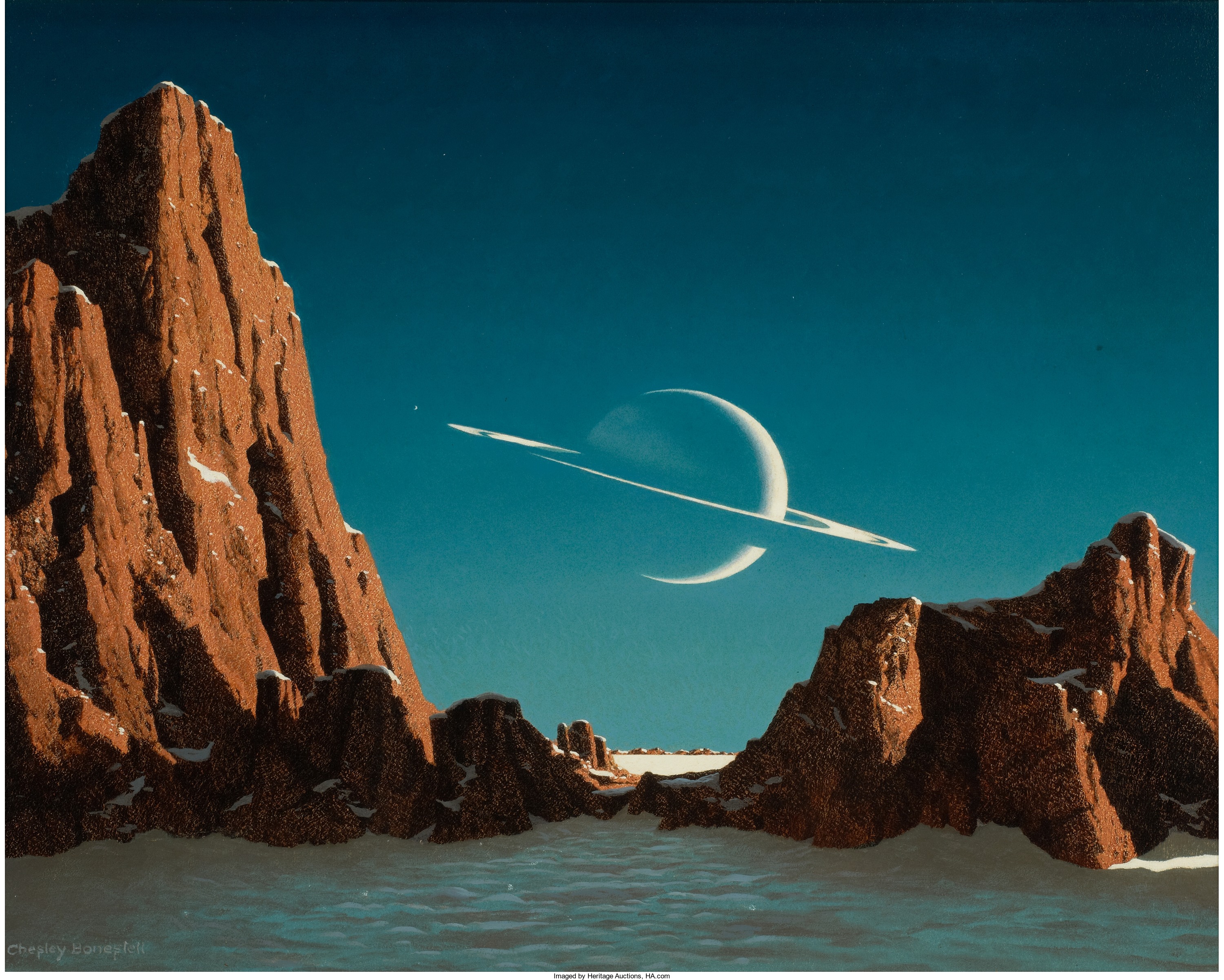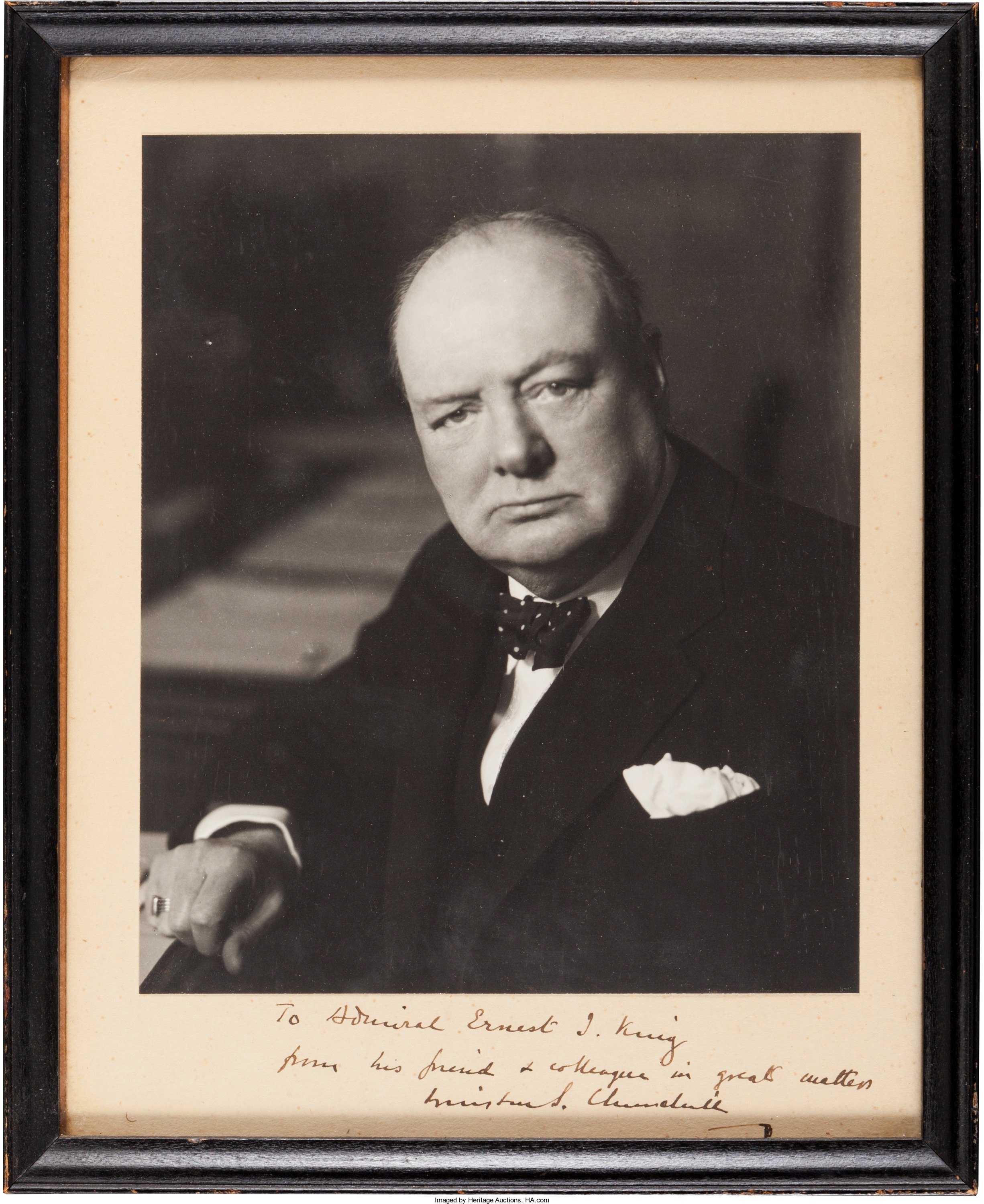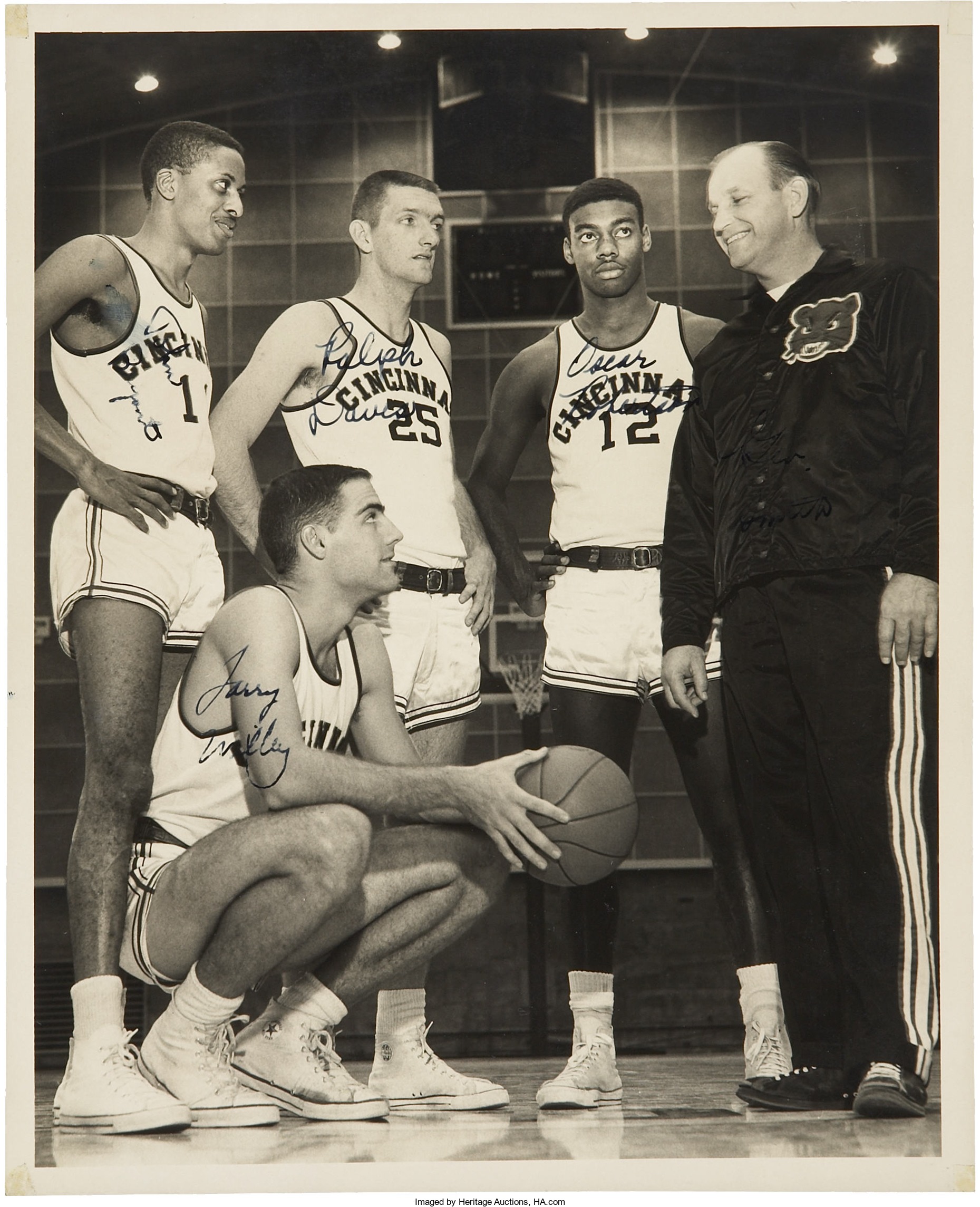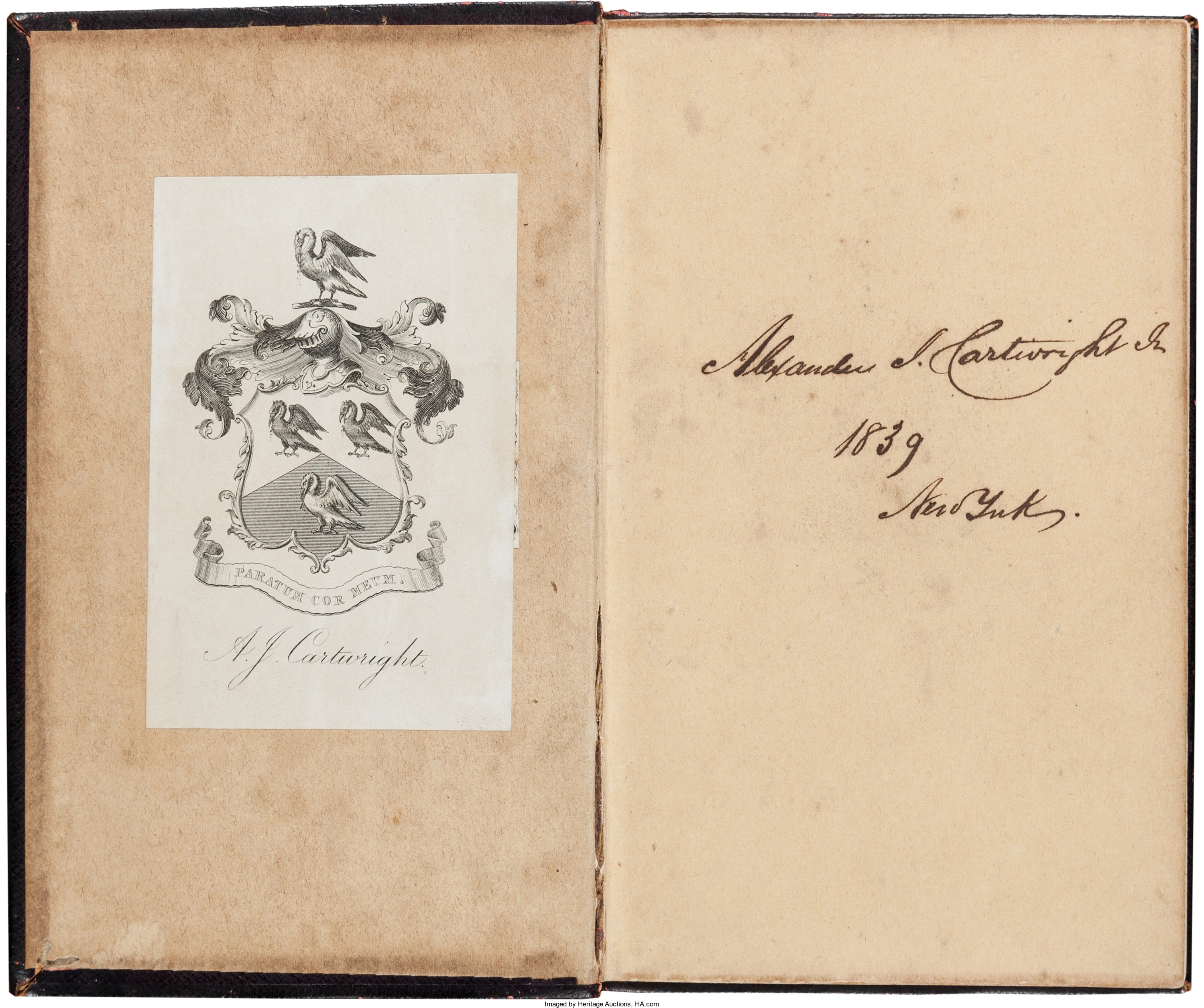
By Jim O’Neal
In 2011, the Sporting News conducted a poll of former players and coaches, current coaches and college basketball experts. The goal was to pick the “Greatest College Basketball Team” in history.
Perhaps not surprisingly, the winner was the 1966-67 UCLA Bruins, who finished the season 30-0, averaged 90.2 points a game and won all four NCAA tournament games that season by at least 15 points.
However, the story leading up to this distinction started a year earlier in 1965.
On Nov. 27, 1965, UCLA’s two-time defending national champions played for the first time in Pauley Pavilion, UCLA’s sparkling new basketball arena.
And got totally blown out 75-60.
It seemed bad enough for the losers that the winning team ran off the court with their index fingers raised, chanting in unison on their way to the locker room “We’re number one! We’re number one!”
No, the worst part was knowing the winners wouldn’t leave. They would be hanging around the entire season to remind the vaunted varsity … winner of 58 of 60 games in the past two seasons … that they had been totally overpowered by UCLA’s freshman team!
Perhaps the only one not perturbed was Coach John Wooden, since among those freshman was a 7-1 center who would be back to form the nucleus of a dynasty. His name was Lew Alcindor (he would later change it to Kareem Abdul-Jabbar after he left UCLA) and the next three years turned out to be quite remarkable.
Incidentally, despite the loss to the freshman team, UCLA’s varsity would still be ranked the No. 1 team in the nation the following week.
It seems somewhat ironic that the UCLA campus had the No. 1 team in college basketball, except for their “other” team, which was apparently far better. This was an abundance of talent that had never been assembled on a college – either before or after.
Still, one does have to wonder just how good a team they would have had if everyone got to play together.
Scary thought.
 Intelligent Collector blogger JIM O’NEAL is an avid collector and history buff. He is President and CEO of Frito-Lay International [retired] and earlier served as Chairman and CEO of PepsiCo Restaurants International [KFC Pizza Hut and Taco Bell].
Intelligent Collector blogger JIM O’NEAL is an avid collector and history buff. He is President and CEO of Frito-Lay International [retired] and earlier served as Chairman and CEO of PepsiCo Restaurants International [KFC Pizza Hut and Taco Bell].

